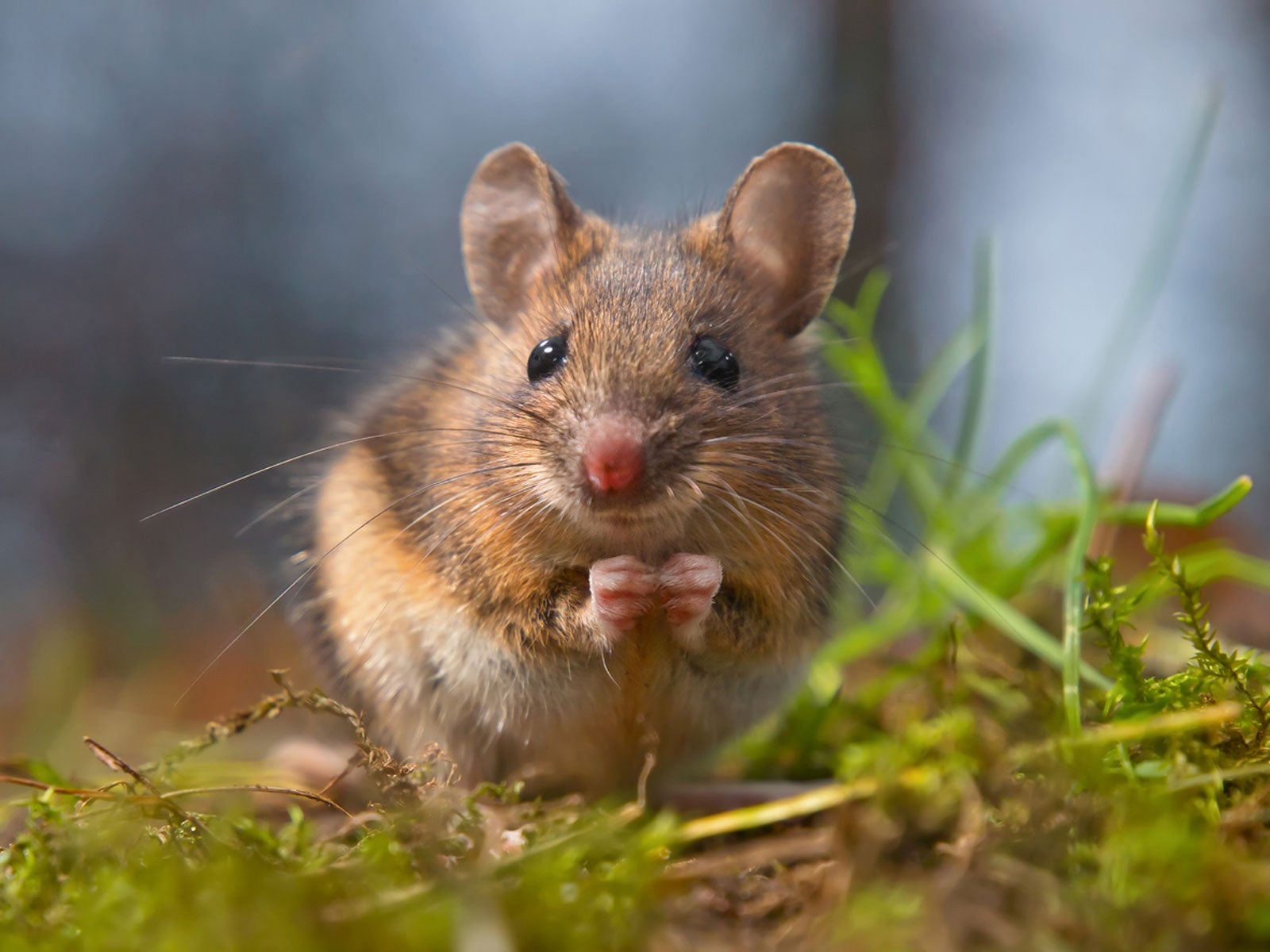Greenhouse Mouse Control: How To Keep Rodents Out Of The Greenhouse

Pests in the greenhouse come in many forms. Among these are rodents (in particular mice) in the greenhouse. It’s no wonder greenhouse rodents can become a nuisance for the gardener. It is warm inside, safe from predators, has a water source, and is a genuine smorgasbord for a hungry rodent. However, they create mayhem for the gardener. So, how can you keep rodents out of the greenhouse?
Problems with Mice in the Greenhouse
For those who wonder what the problem with mice in the greenhouse is, let me clue you in. Greenhouse rodents can cause lots of damage. They eat seeds, germinating or otherwise, and nibble on tender young seedlings, not just the tender seedlings, but roots, bulbs, shoots, and leaves as well.
They chew through wood, plastic pots, bags, and boxes and tunnel through the growing medium. They raise families, and big ones at that, urinating and defecating anywhere they choose. This includes the plants you are growing to feed your family, resulting in serious food safety concerns. Now, who thinks mice in the greenhouse are still cute?
How to Keep Rodents out of the Greenhouse
Since greenhouse rodent populations can explode, it’s important to be vigilant and keep an eye out for any signs of mice. Not just mice either; both voles and chipmunks have been known to check into the greenhouse motel.
The first order of business regarding greenhouse rodent control is to tighten up. To keep rodents out of the greenhouse, deny them entry. This means covering even the smallest holes. Replace missing or broken windows and doors. Stuff cracks and holes or cover them with wire mesh. Place small mesh hardware cloth around the exterior of the greenhouse at the base. Bury the edge in the ground and bend the cloth away from the greenhouse.
Remove grass, weeds, and other vegetation from around the greenhouse. Also remove wood, debris, and junk piles stored nearby. Seal garbage cans and do not leave pet food out. Also, don’t scatter food for wildlife.
Inside the greenhouse, clean up plant debris, any decaying items such as fruit, and prune seed pods that act as a food source. Also, store bone meal, bulbs, and seeds in sealed rodent-proof containers.
Sign up for the Gardening Know How newsletter today and receive a free copy of our e-book "How to Grow Delicious Tomatoes".
Additional Greenhouse Rodent Control
Rid the greenhouse of unwanted rodents by opening up windows and vents and then turning on a high-frequency sound device to scare the mice out. Keep the sound device on for a few hours and then check the next day for signs of rodents. Repeat again if needed.
The last resort of defense for greenhouse mouse control is using traps. Baited traps are effective for small populations of rodents. These traps can be baited with peanut butter, oatmeal, or apples.
Toxic baits are another option that comes with their own set of disadvantages. They are, however, more effective for larger populations. They are toxic not only to rodents but to kids and pets; therefore, these must be used cautiously and with care. Follow the manufacturer’s instructions.

Amy Grant has been gardening for 30 years and writing for 15. A professional chef and caterer, Amy's area of expertise is culinary gardening.
